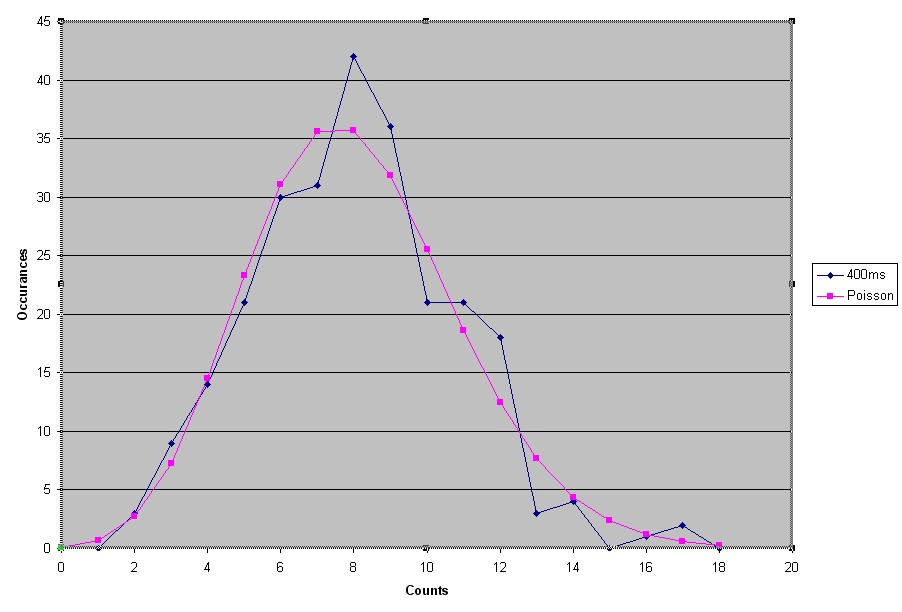User:Randy Jay Lafler/Notebook/Physics 307L/2010/11/29: Difference between revisions
From OpenWetWare
(→Data) |
|||
| Line 61: | Line 61: | ||
==Data== | ==Data== | ||
[http://openwetware.org/images/e/ea/Poi.xls Poisson Statistics XL Doc] | [http://openwetware.org/images/e/ea/Poi.xls Poisson Statistics XL Doc]{{SJK Comment|l=05:50, 21 December 2010 (EST)|c=This link doesn't seem to work. (Same is true for your Balmer lab)}} | ||
Poisson distribution function | Poisson distribution function | ||
[[Image:PoiRawData.jpg|1000px]] | [[Image:PoiRawData.jpg|1000px]] | ||
Revision as of 03:50, 21 December 2010
| <html><img src="/images/9/94/Report.png" border="0" /></html> Main project page <html><img src="/images/c/c3/Resultset_previous.png" border="0" /></html>Previous entry<html> </html> | |
Poisson StatisticsPurpose
Equipment  
Safety
Setup   
Procedure
DataPoisson Statistics XL DocSJK 05:50, 21 December 2010 (EST) This link doesn't seem to work. (Same is true for your Balmer lab) CalculationsWe plotted the number of occurances verse the number of counts to obtain the graphs the manual asked us for. We also plotted the Poisson distribution function on each graph by using this formula.
Error
Citations/Acknowledgements
| |





